Social Networking: How to get started on your iPhone and iPad!
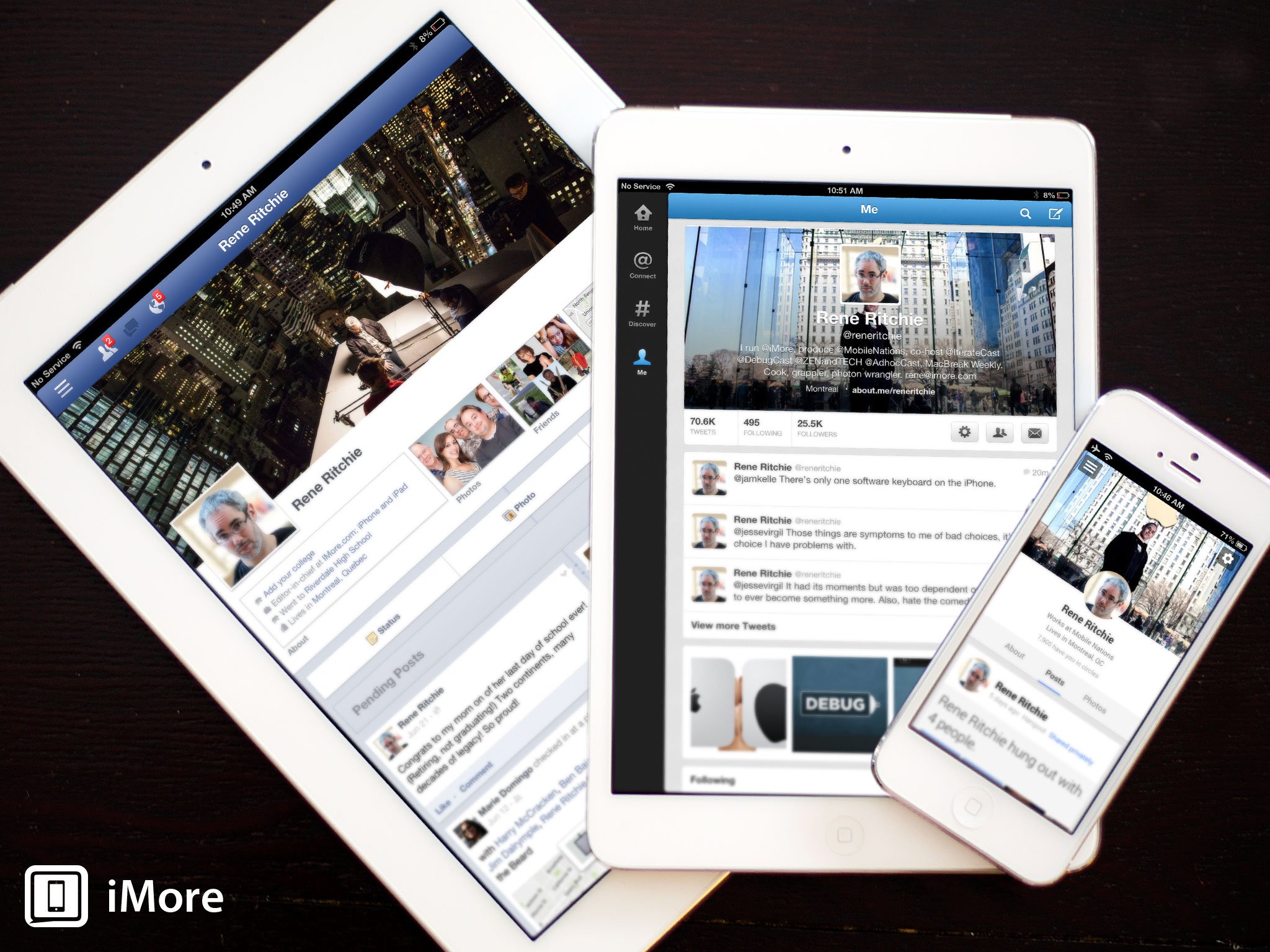
Everything you need to know about getting started with Facebook, Twitter, ADN, Google+, Pinterest, LinkedIn, Instagram, Path, Foursquare, Tumblr, Flipboard, and more!
Today on Talk Mobile we asked if and how you needed to be on social networks. While it might seem everyone is already hip deep in online status and sharing, the truth is, if you're just getting started online or on mobile, social can be more than a little confusing if not downright intimidating.
If you're already a social expert, bookmark this article so you can share it with your friends and family who aren't yet as socially savvy, and jump down to the comments so you can add your experience and advice. If you're all new to networking, keep on reading and we'll help get you started!
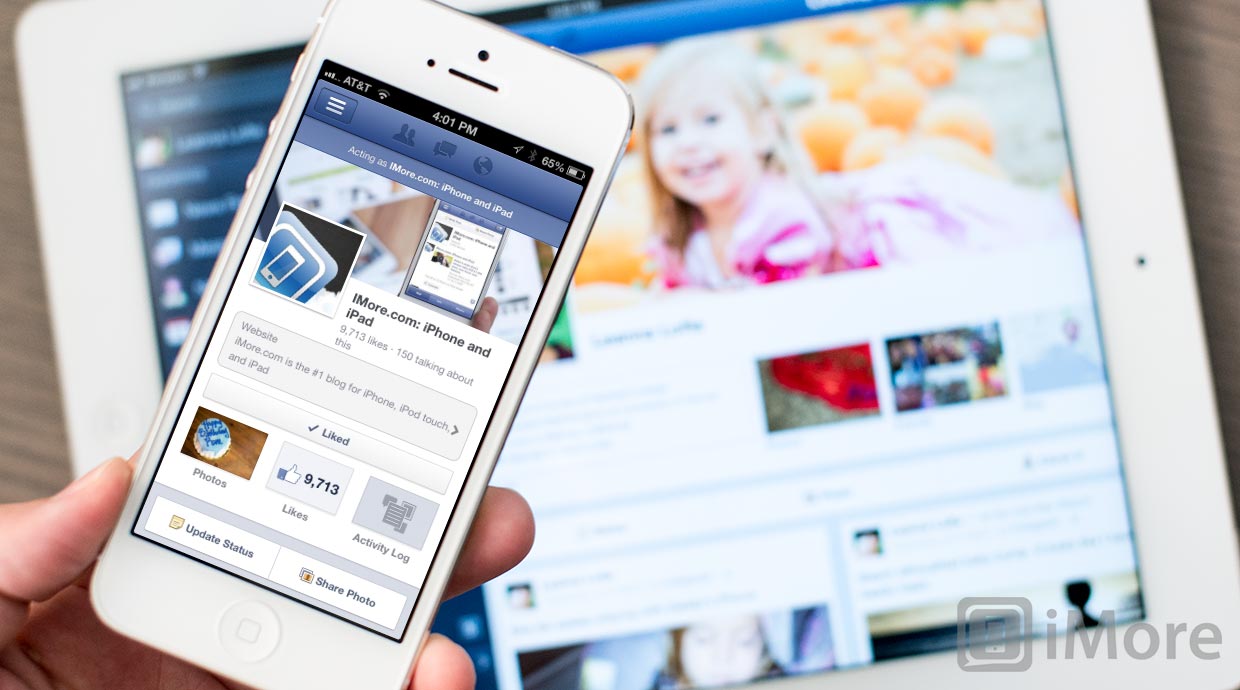
Facebook is for those who want to connect to friends and family
Facebook is the social network. It's the biggest online community in the world, and almost entirely friend-focused. If you have a lot of friends and family already using Facebook, if you want to find the people you went to school with, if you want to share events and photos and videos with the people most important to you, and if you want to stay in touch with relatives and acquaintances around the world, Facebook might be for you.
On the downside, Facebook has been pretty bad when it comes to privacy, so make sure you take time to double and triple check your settings so that once you're signed up, you're absolutely sure you're only sharing with the people you want to be sharing with.
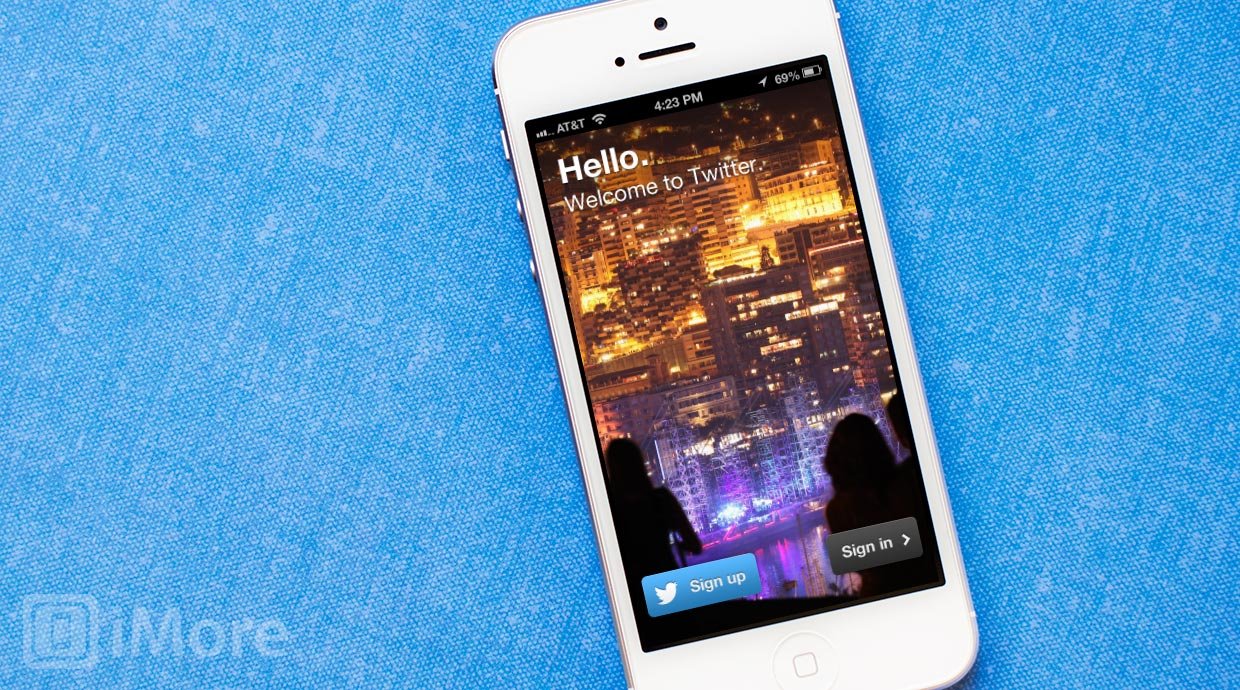
Twitter is for following celebrities, and trying to build followings
Twitter is a micro-blog, or a way to share what you're doing in real-time. Think of it as public SMS. You can post general messages that everyone and anyone can see, or you can target them at specific other users by including an @ symbol and their Twitter name in the message. Because of Twitter's more public nature, you can find some of your favorite celebrities, including actors, singers, sports stars, writers, and more. You can also participate in larger discussions via "trending terms" using # hashtags. It's also great for keeping up with your peers. Think of it like a giant, virtual water-cooler.
Because of Twitter's more public nature, it can be harder to amass a group of followers large enough to receive the same kind of engagement and attention you give out to those you follow. That means it can take a lot more work to build up a Twitter network.
- Sign up for Twitter
- Download Twitter for iOS
- Download Twitter for Mac
- Follow iMore on Twitter
App.net
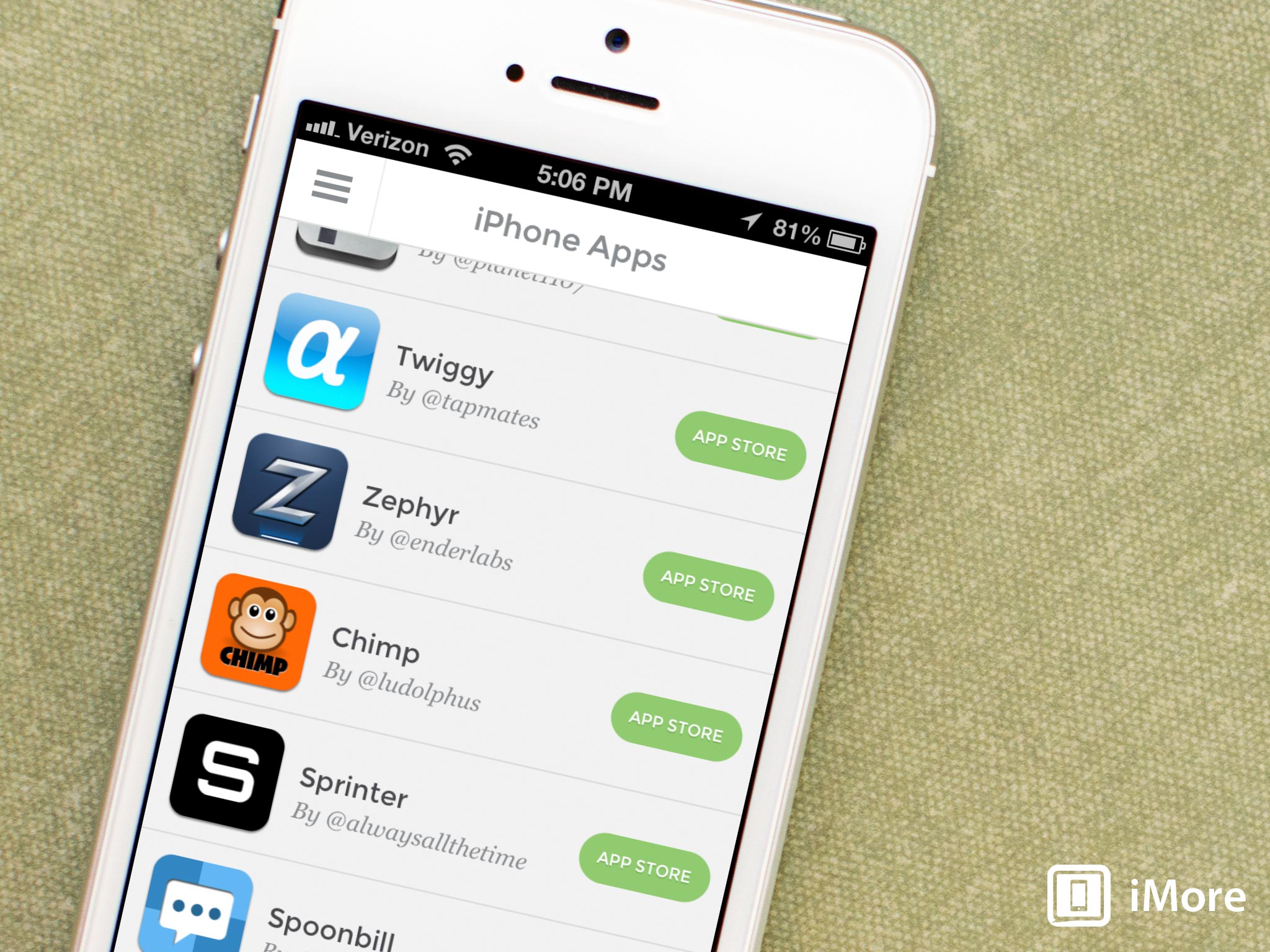
ADN is for nerds with $36 and a shared dream.
App.net (ADN) is platform that, among other things, offers a Twitter-like micro-blogging service. It also offers file storage and robust instant messaging. Full accounts cost $36 a year, while free, limited accounts currently require an invitation. Because of that, it's attracted a lot of nerd engagement, and engendered a lot of nerd dedication. The people behind it also promise to keep their interests aligned with ours, their users'.
Master your iPhone in minutes
iMore offers spot-on advice and guidance from our team of experts, with decades of Apple device experience to lean on. Learn more with iMore!
If you're not up for a paid service, or a limited service, or a bunch of nerd conversation, however, you're probably better off with one of the other networks.
There's no official App.net social client, but there is a Passport app to help you choose from the many third party ADN apps.
- sign up for ADN
- Download ADN Passport
- Follow iMore on ADN
Google+

Google+ is for people who are all-in on Google and Android
Google+ is Google's answer to Facebook. It doesn't quite have all the features, or all the members yet, but it does a lot of stuff really well. It's also integrated into almost everything Google, from Gmail to Android to YouTube and everything in between. In terms of style, it's a mix of Twitter and Facebook, where you can follow (circle) people who don't have to follow you, but you can also write as much as you want, and create albums and events, and even have video conference calls called Hangouts.
On the other hand, Google's being borderline obnoxious in their way they're forcing Google+ on people, and even with all their effort it's mostly hardcore Google and Android users who make up most of their active community.
- Sign up for Google+
- Download Google+ for iOS
- Circle iMore on Google+
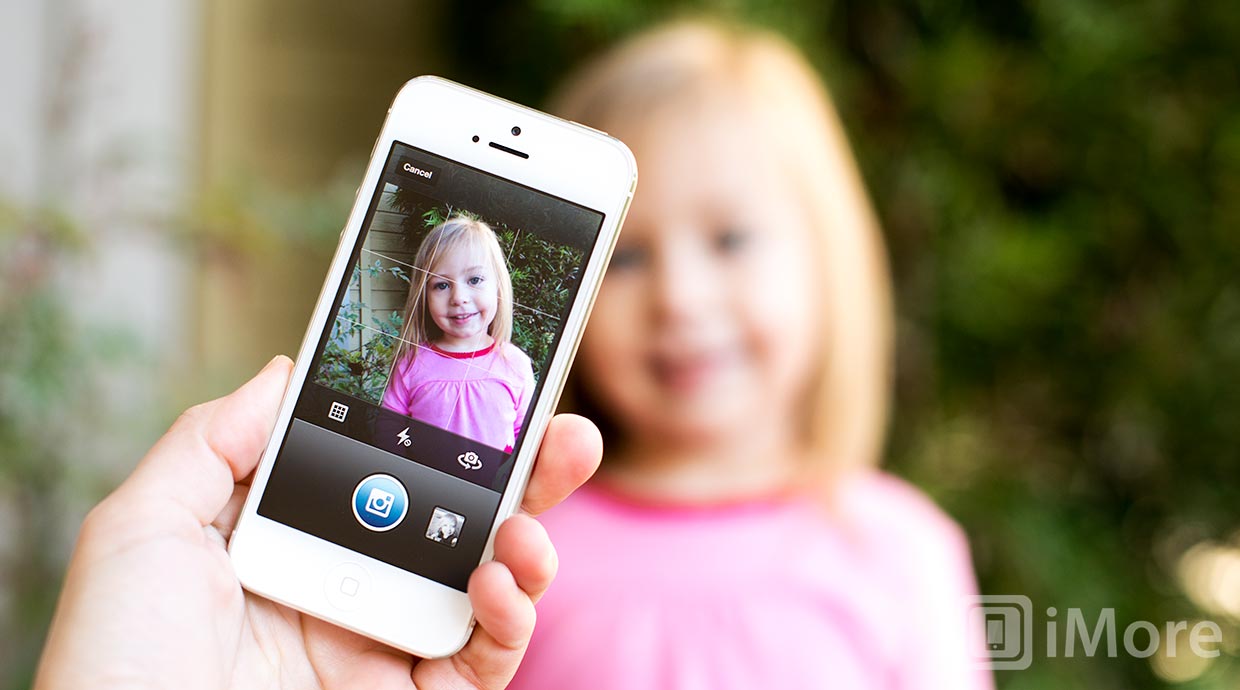
Instagram is for those who love taking and looking and photos
Instagram, now owned by Facebook, is a micro-blogging service geared towards photography (and now video as well). That means, food, fashion, pets, and whatever else interests you and those you follow. Much like Twitter, you can post short messages and include other people in them with an @ sign before their account name. The difference is that everything on Instagram is geared towards taking and sharing moments. Unlike Twitter, however, there's no chatter to scroll through between the pictures. It's all images and video, all the time.
Of course, if you're not into taking, sharing, and commenting on photos (and now videos as well), you probably won't enjoy Instagram.
- Sign up for Instagram via the app
- Download Instagram for iOS
- Follow iMore Instagamers
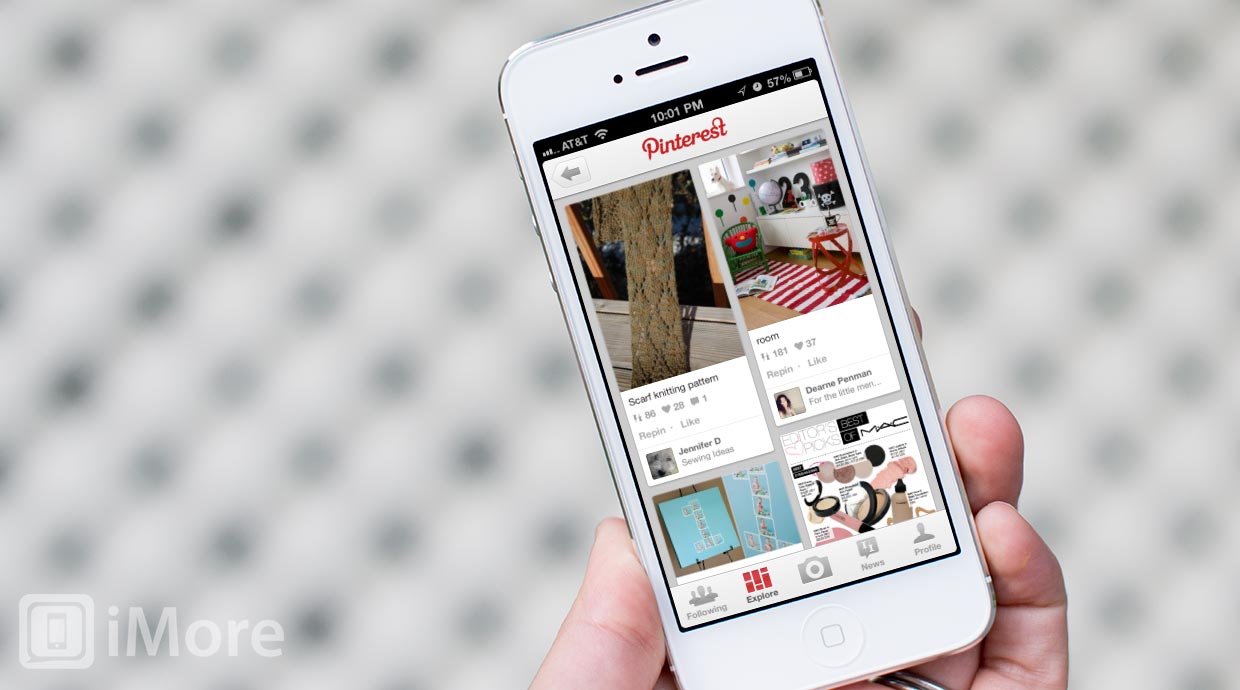
Pinterest is for those who want to share and explore collections
Pinterest is all about collecting and sharing the things that you love. Whether that's fashion or furnishings, kitchenware or footwear, art or heirloom vegetables. Anything that interests, you can pin for others, or find pinned by others. A pin can start with a photo or a video that you either find on the web, or upload yourself. Others can follow or repin your pins, if you allow it, and you can follow or repin theirs.
If you're not into collecting things, or browsing the collections of others, however, Pinterest probably won't appeal to you.
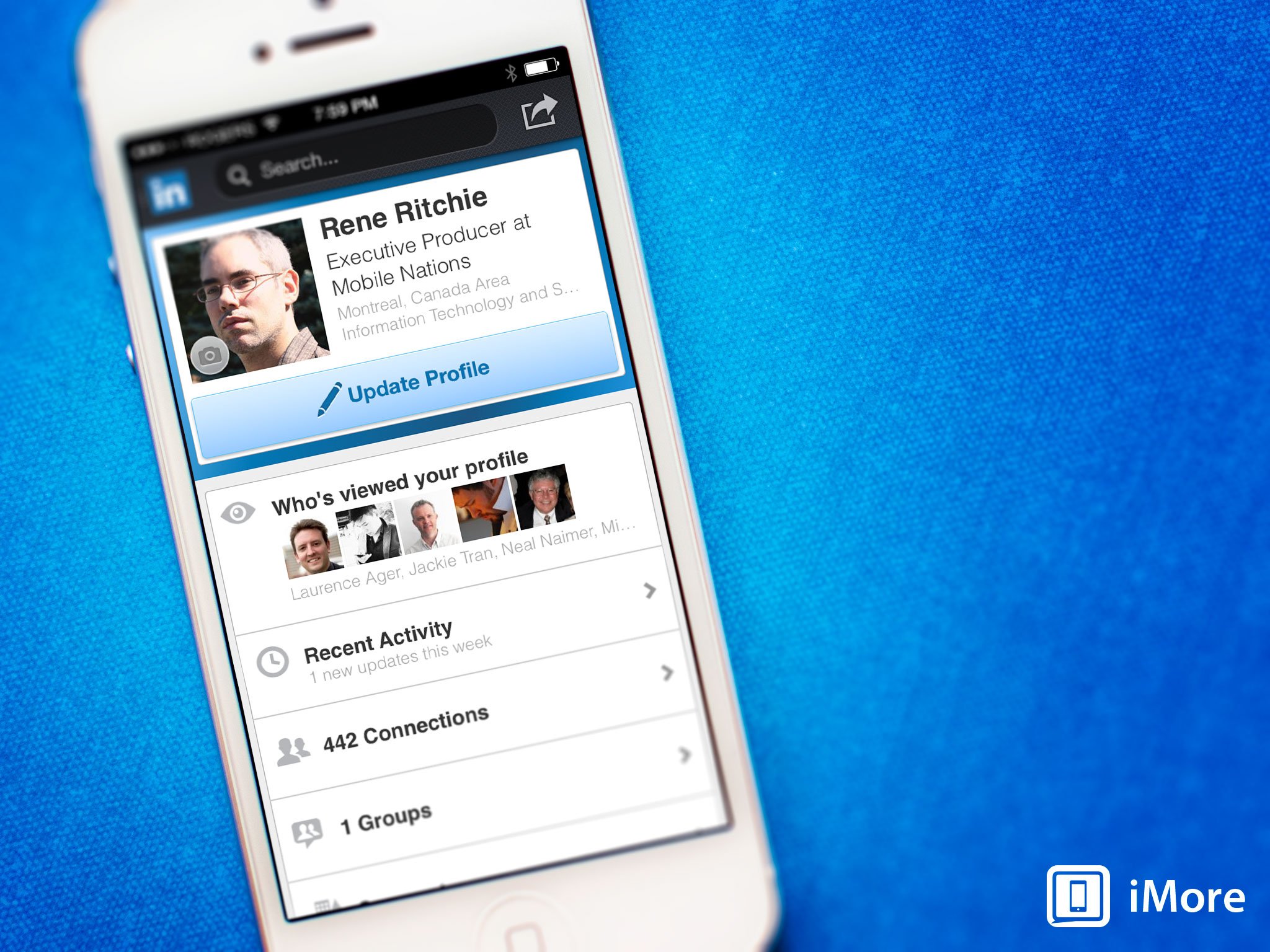
LinkedIn is for finding and making business connections so you can leverage all the synergies!
LinkedIn is classic business networking using modern social technologies. You fill in your profile with your positions and experience, past and present, and you connect to the people you already know. Then you start connecting to the people they know, and the people you meet, and you ask for connections to the people you want to meet. If you're tactically minded, you can find new business options and opportunities, and if you're socially minded, you can share inspiration and insights.
If you're not into wheeling and dealing, and if you don't care about who you know more than what you know, you might find LinkedIn more stressful than it's worth.
Path
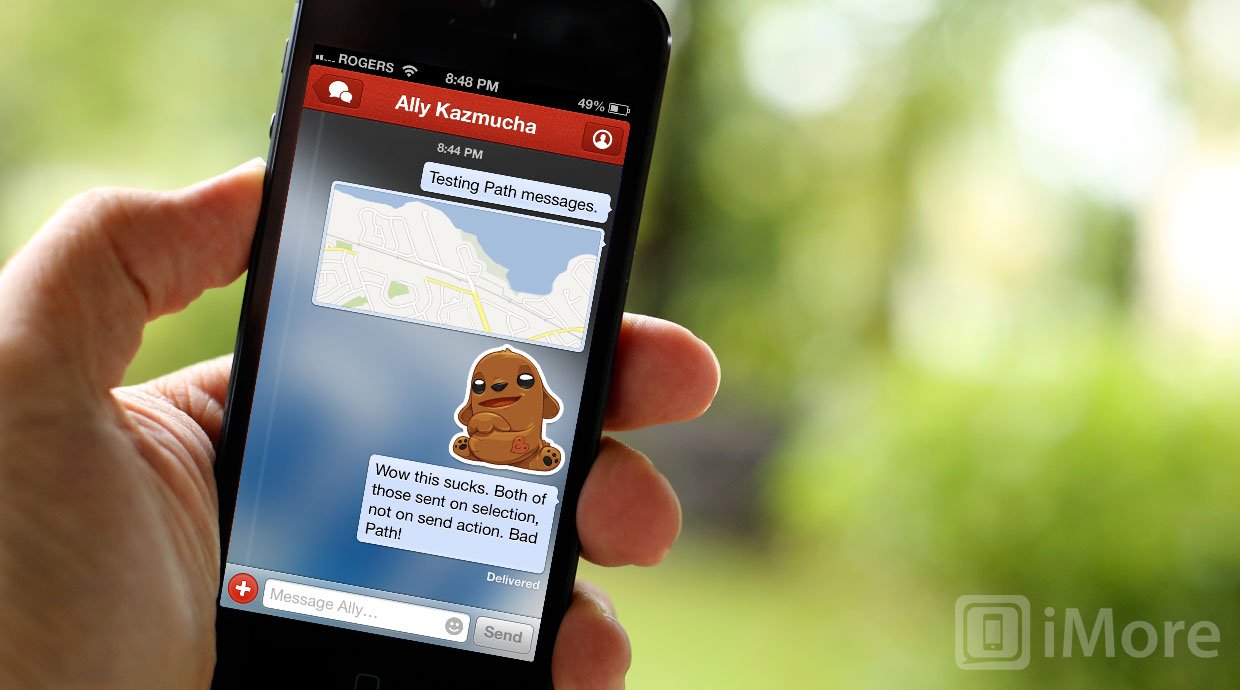
Path is the social network for people who only want to be a little bit social
Path lets you do pretty much what other social networks do -- make connections, share status, and share pictures, but instead of allowing virtually limitless connections, Path keeps them relatively small. It's really meant for only very close friends and family members, and very specific groups of people. You can also push out any and all of your Path updates to other popular social networks you might use, like Facebook, Twitter, etc.
On the downside, it's one more social network to manage that really doesn't provide any benefit to simply restraining and constraining yourself on Facebook.
- Sign up for Path
- Download Path for iOS)
Foursquare
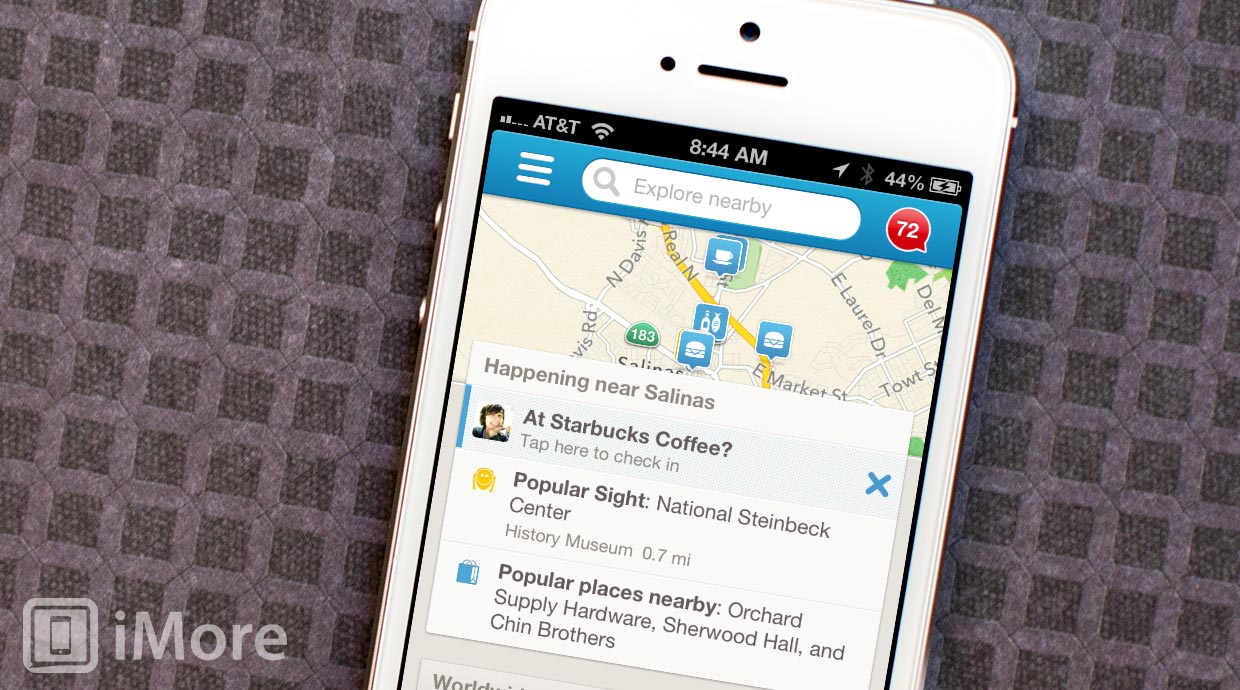
Foursquare is for those who just want to keep track of where they've been
Foursquare is what's referred to as a location-based social network. Other social networks can do location, of course, but Foursquare focuses on it completely. You arrive somewhere, open Foursquare, "check in" to the location, share comments and photos, and see who else is either there at the same time, or has left photos or comments in the past.
Because other social networks also do location, unless you specifically want to only do location, you might want to save yourself the trouble of maintaining a separate Foursquare account for just that.
Tumblr
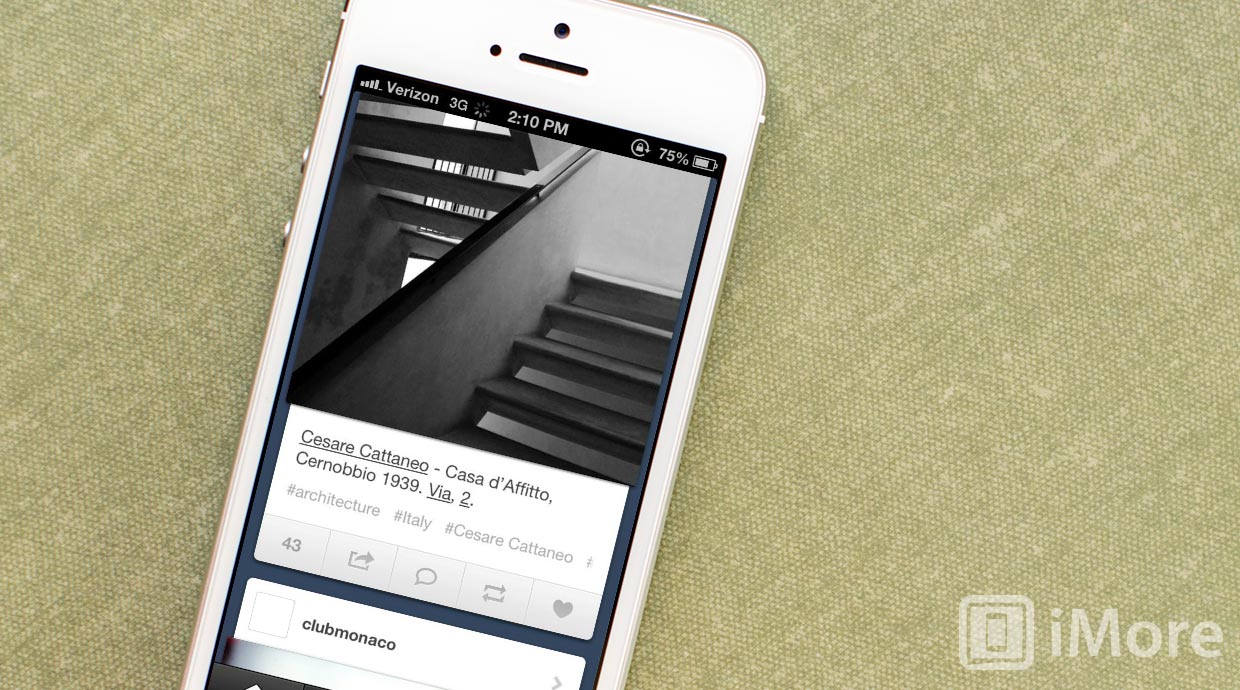
Tumblr is for people who want to easily share or re-share things in a blog-like format
Tumblr lets you quickly and easily text, photos, links, audio, video and more in a format very similar to a blog. Like any social network, you can follow and like what's on Tumblr, but in this case you're following blogs and their content as much as you're following a person. The distinction might be subtle, and the format blurs the line between traditional blog and a micro-blog like Twitter. And that's kind of the point. If you're just looking for an easy way to share stuff online, the multi-purpose nature of Tumblr can be a definite plus.
Conversely, because Tumblr is so well optimized for doing just exactly what it does, there's very little traditional social functionality built in beyond that.
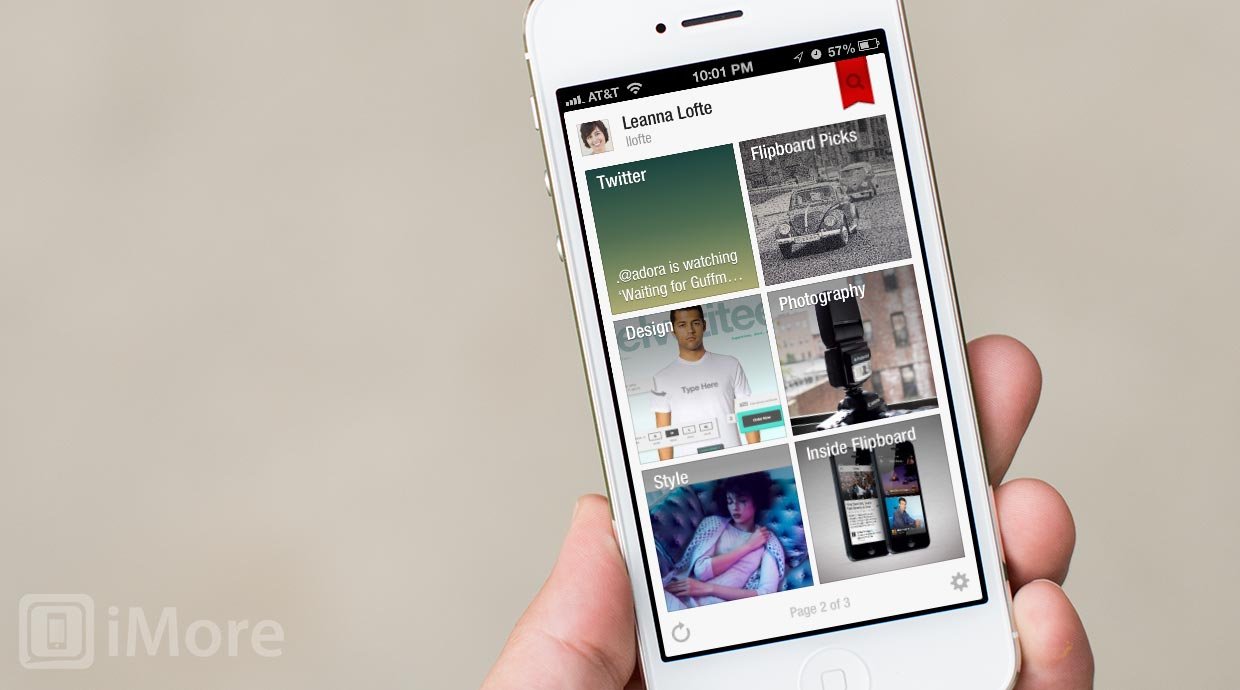
Flipboard is for those who want to read Facebook and Twitter rather than interact with them
Flipboard shows how you don't actually have to be social to benefit from social networking. With Flipboard, you can link your Twitter and Facebook accounts, along with other sources, and simply enjoy them as a more passive, more relaxing reading medium. That way you still get to see everything shared by your friends and the people you follow -- including politicians, celebrities, academics, and more -- but you don't have to deal with the comments and discussion that come with actually being involved on the networks themselves.
Of course, you miss out on the community and connection building aspects of social networks this way, but for some that's still more blessing than curse.
And more!
Beyond all the social networks and apps listed above, you can find many more still. Some are for popular niches, like Untappd for beer or Elixr for cocktails or Foodspotting for food. Others take the communications aspect to the extreme, like Whatsapp, Glassboard, or Hipchat. And the list goes on and on. Once you've gotten comfortable with mobile and social, you can find all sorts of social networks, and groups within social networks, to match your particular interests.
Which social networks are your favorite, and which apps do you use most to be social on iOS? Let me know!

Rene Ritchie is one of the most respected Apple analysts in the business, reaching a combined audience of over 40 million readers a month. His YouTube channel, Vector, has over 90 thousand subscribers and 14 million views and his podcasts, including Debug, have been downloaded over 20 million times. He also regularly co-hosts MacBreak Weekly for the TWiT network and co-hosted CES Live! and Talk Mobile. Based in Montreal, Rene is a former director of product marketing, web developer, and graphic designer. He's authored several books and appeared on numerous television and radio segments to discuss Apple and the technology industry. When not working, he likes to cook, grapple, and spend time with his friends and family.
